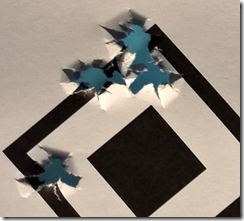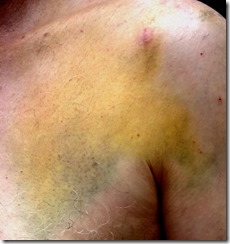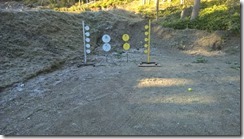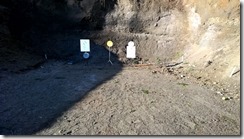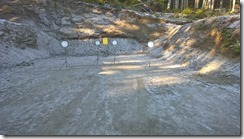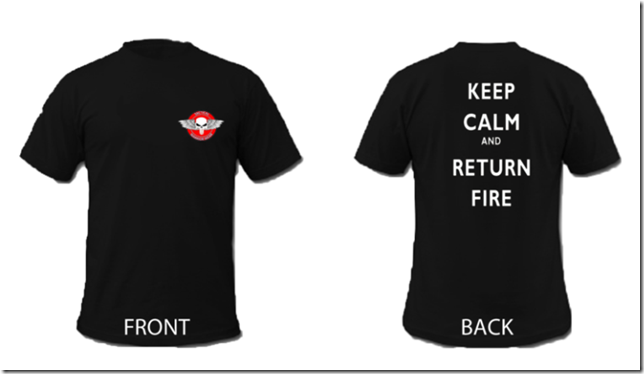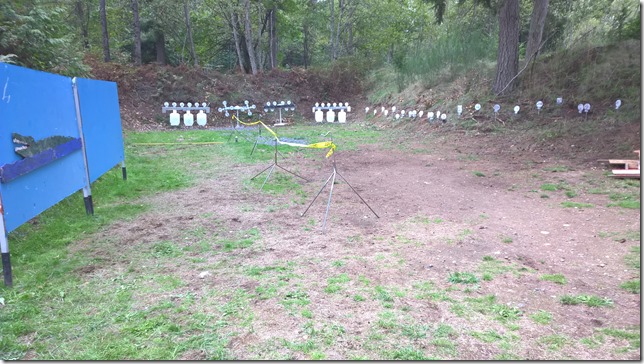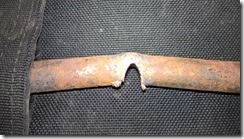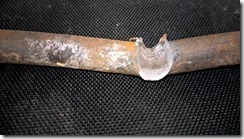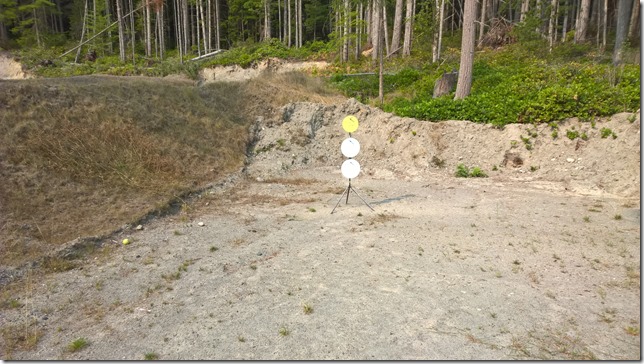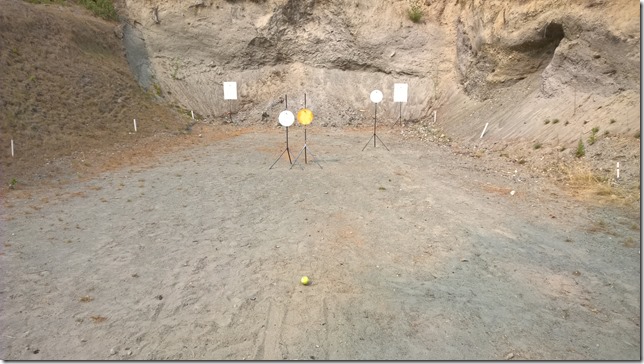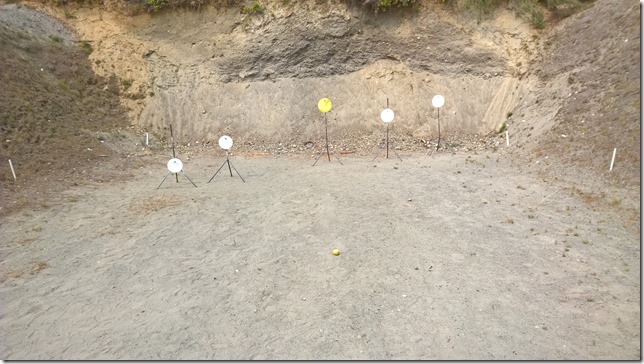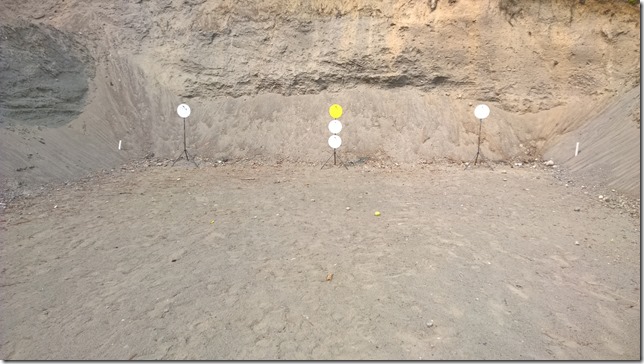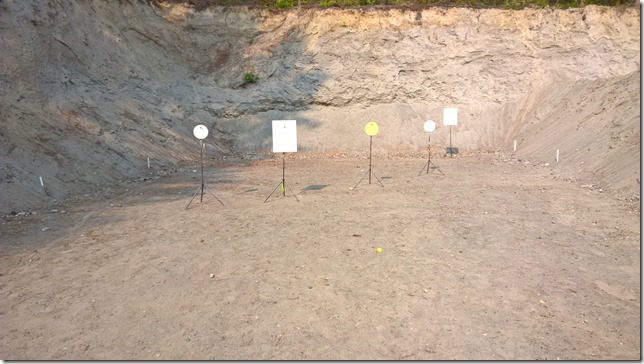Of course whenever you have metal parts moving against each other it is important to consider the lubrication. I’ve been using Interflon Fin Super on all my guns and have been very pleased with it. So I didn’t expect to have any issues using it on any gun.
But recently I purchased a .22 that was known, even by the manufacturer, as being very picky about the type of ammo used in it. Okay, fine, I like my guns to be reliable but this gun had some advantages that I was willing to put up with using only certain types of ammo. I’m not mentioning the gun or the brands of ammo because I, legally, obtained this gun without any paperwork and I would like to keep the details as private as is practical.
I had a two of the recommended types on hand and put several hundred rounds downrange with only a few problems which I attributed to it being a new gun and probably weren’t anything to worry about. I cleaned and lubricated the gun and took it to the range again when Cherie was doing some training. The gun failed to feed on almost every round and we quickly gave up on it.
Later I took it to the range with the specific goal of diagnosing the problem. The slide appeared to not coming all the way back and hence would not properly strip the round off the top of the magazine. This was consistent with the recommendation to only use 40 grain high velocity ammo in the gun. They want to deliver lots of momentum to the slide and low velocity/mass ammo and/or viscous lubrication would result in a slide that didn’t go completely back. I ordered 1000 rounds of another type of recommended ammo to see if that made a difference.
While waiting for the ammo to show up I cleaned the gun again, carefully lubricated it with Interflon Fin Super and put the disassembled gun underneath an incandescent light bulb to dry the liquid so it would just have the semi-dry film rather than the moist layer I had with the previous trip to the range. About the first five to seven rounds failed to strip off the magazine properly. Then it worked great for probably fifty rounds of every type of ammo I had that the manufacture recommended and even did mostly okay with brand the manufacture specifically said would not work.
That’s odd, I thought. It needs to warm up before it functions properly? Maybe it does! The gun had been cold in my car all morning. The range was pretty cool too. So I set the gun aside with the action open and shot some .40 in my STI DVC for a while. When the .22 was cool I tried some of the ammo, in the same magazine, that was working fine a few minutes earlier. Again, the first half magazine was nothing but failure to feeds, then it worked flawlessly for a couple hundred rounds.
Time to try a new lubricant.
I cleaned the gun again, pulled the Eezox Synthetic Gun Oil off the shelf, lubricated the parts, and put them under the light to dry off for 24 hours and went to the range again. The first couple rounds had a problem then it worked great again. Letting it cool didn’t result in misbehavior like with the Interflon Fin Super. I’m making progress!
I again cleaned the gun, this time I lubricated it with Brownell’s Friction Defense, and again put the parts under the light to dry for 24 hours. I went to the range today at lunch time and the gun worked fine with all the recommended ammo, including the new stuff I ordered which just came in, and, again, even some of the stuff the manufacturer specifically did not recommend. The only ammo which basically didn’t work at all was some “standard velocity” ammo.
Okay, so I have an extremely sensitive gun. It needs the right type of lubricant, the right type of ammo, and probably can’t be counted on to function properly in really cold weather either. I still have an application for it. But it’s more of a hassle than what I had originally planned on.
The Ruger .22s I have eat anything I feed them and with whatever I lubricate them with. But they don’t quite deliver on one thing this new gun does. There are trade-offs in almost everything you do. Now that I know what lubricant works best I can probably avoid the problem most of the time and make it work for my intended use.
Update December 27, 2015: New information here.
Like this:
Like Loading...



